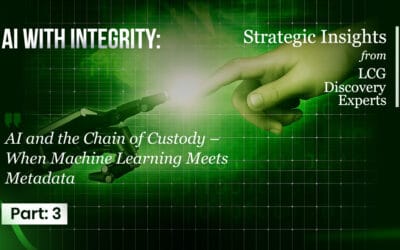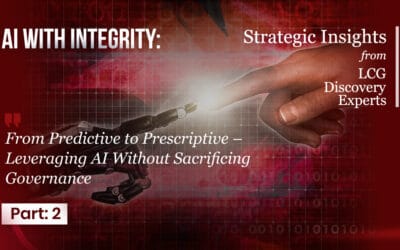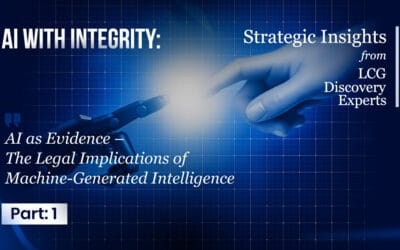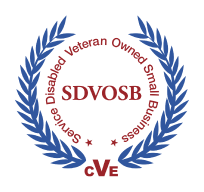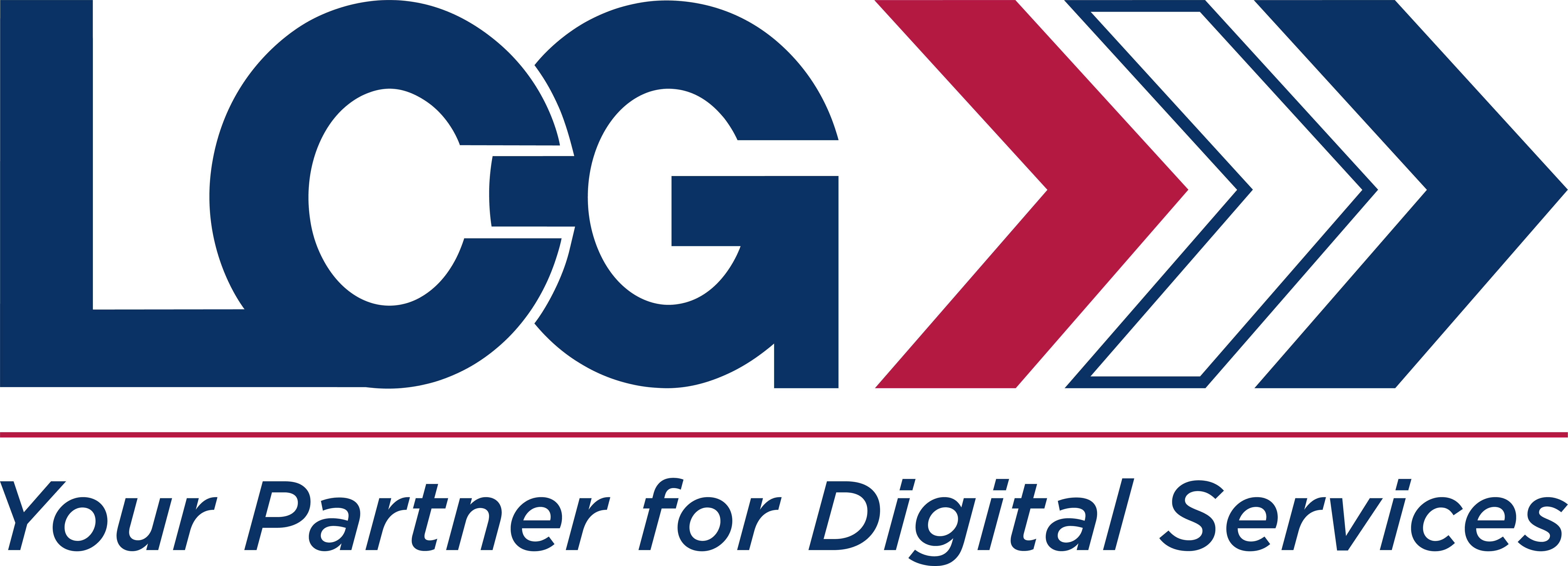Series context. This installment connects our governance and evidence themes to a growing risk: capable AI in the hands of unqualified people. It draws lessons from digital forensics, then translates them for corporate AI programs that must be defensible in court and resilient in operations.
AI is now point-and-click; expertise is not.
Low-friction AI has crossed a threshold. Off-the-shelf copilots summarize contracts, draft code, label documents, and answer discovery questions. That accessibility is good for productivity; however, it also shifts risk from specialized teams to generalists. The pattern is familiar. In digital forensics, well-meaning IT staff used admin consoles to “collect” evidence, only to discover in court that exports were incomplete, unauthenticated, or altered by routine automations. The same dynamic is repeating with AI.
Three changes drive the gap. First, advanced models are packaged as assistants, which hides complexity and error modes. Second, outputs are persuasive, which encourages overconfidence. Third, organizations interpret model output as if it were ground truth rather than a probabilistic, context-dependent estimate. The result is a proliferation of decisions that look scientific, read authoritative, and still fail basic reliability tests.
Good governance fixes that. NIST’s AI Risk Management Framework emphasizes a full lifecycle approach, from context mapping and measurement to ongoing management, so that trust is earned, not assumed [2][3].





